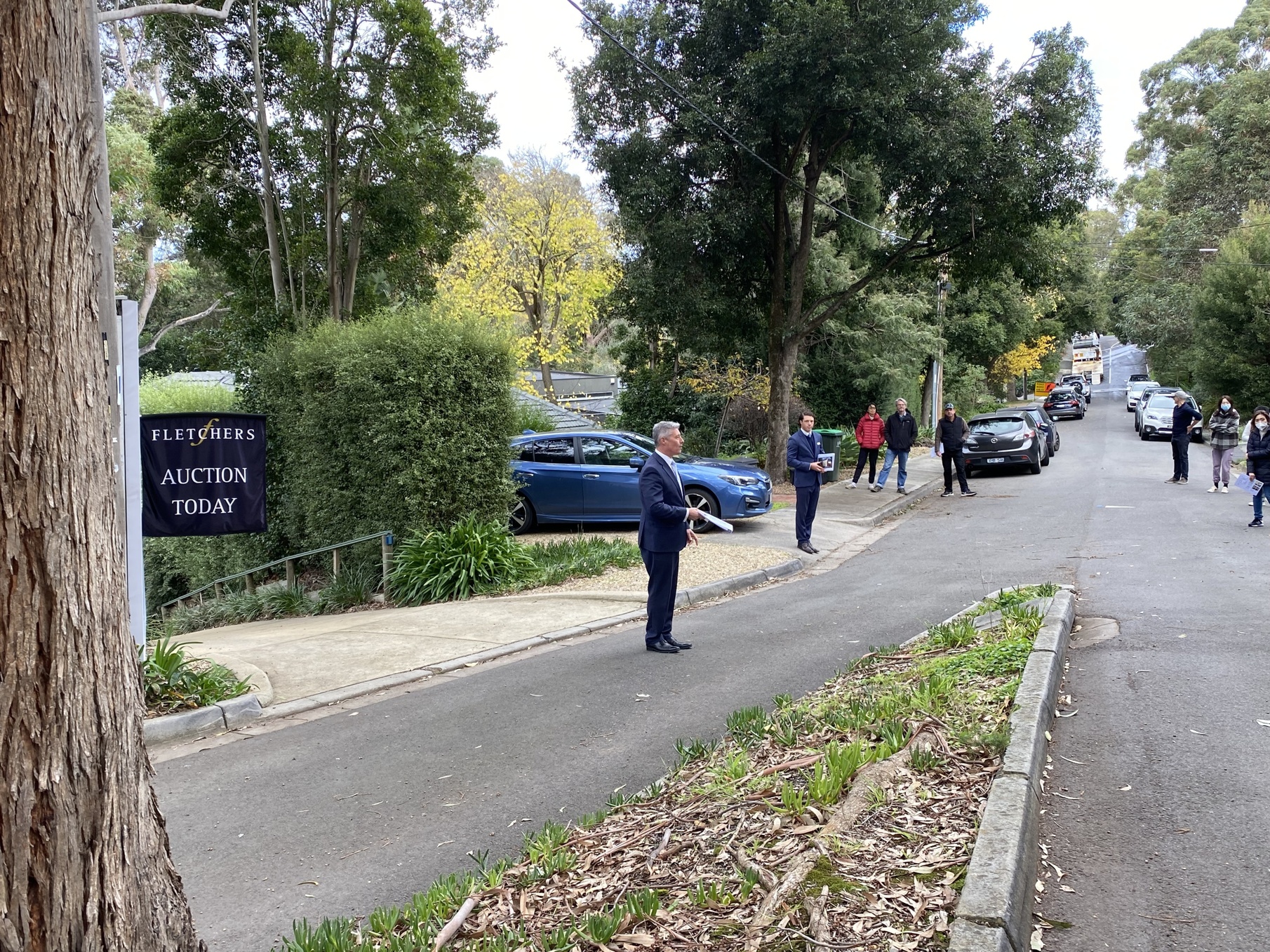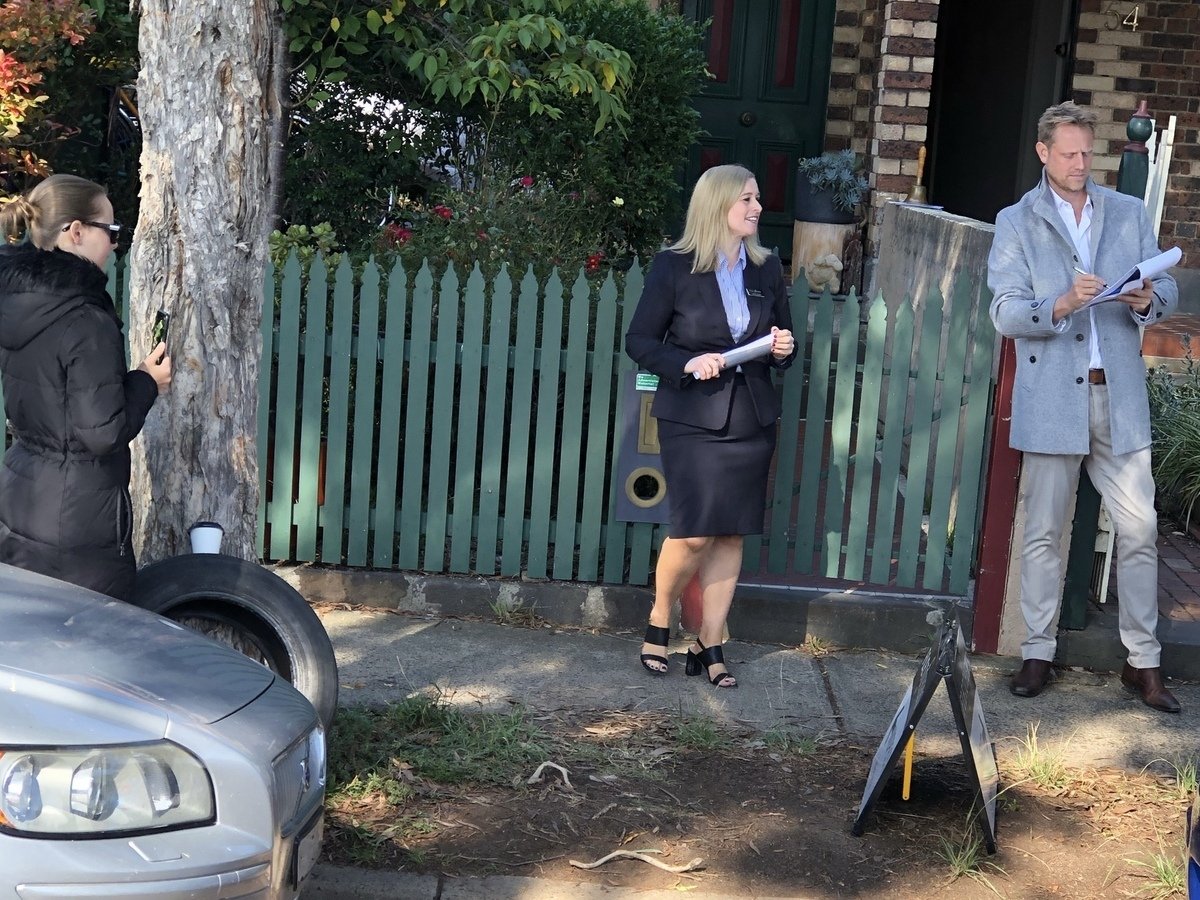As the year comes to an end, it's a great opportunity to reflect on what has happened in the property market, and consider what we can expect for the new year ahead.
The REA Group reports that in 2021, national property prices had increased by 22.8% year-on-year, although price growth had started to slow. Inflation was looming but not seen as a pressing concern and most people thought interest rate hikes were some way off (particularly given that Reserve Bank governor, Philip Lowe, had explicitly assured Australians that interest rates would not rise until 2024)!

Fast forward to the end of 2022, and property prices fell by 1.9% over the first 11 months of the year and official interest rates shifted from 0.1% throughout most of the pandemic to 3.1% between May and December, as inflation has continued to surge.
As a result of the rise in interest rates, borrowing capacities have been reduced by around 25%, which means lenders are allowing buyers to borrow 25% less than they would have before the interest rate increases.
Whilst this may sound a bit gloomy, we must remember that a property cycle is just that - a cycle - and the Domain Group notes that while the craziness of 2021 will go down in history as a once-in-a-generation property boom, that pace of growth was not sustainable.

Domain's chief of research and economics, Dr Nicola Powell, says its been a "roller coaster" of a year for property. "The past two years have been fascinating to watch in real estate. After soaring price growth in 2021, it was inevitable that we would see an adjustment phase of the property cycle in 2022," she says.
But here's where some perspective is important. While it may feel like the property market has done a complete 180, in reality, it's way off that. Even after losing $53,000 from its price peak, the national median house price is still 27 per cent – about $218,000 – higher than it was before the pandemic boom. In fact, prices in every single capital city are still significantly higher now than they were before the pandemic boom began.
This is because, historically, property booms have been far more supersized than downturns. In other words, Australia's house prices tend to go up a lot more than they go down. It's important for both buyers and sellers to take a longer-term view with property - although property prices have softened, it is unlikely that all the growth from 2021 will be erased. Whilst the interest rate hikes were an initial shock to potential buyers, they have now adjusted to this new norm and are more mindful of their adjusted borrowing capacity.

As we look forward to 2023, we can see that inflation has started to come down in the US, so it's likely that our inflation will stabilise soon too. We won't see an interest rate rise first thing in the new year as the Reserve Bank doesn't meet again until February, and we may not see too many more rate rises in 2023.
With life largely back to normal post-COVID, the impetus to leave the cities has reduced. Some that moved away are returning, and most people moving to Australia are looking to rent in the major cities. Escalating demand and tight supply are likely to see rental increases persist, but more so in the capital cities than in regional areas.

As interest rates stabalise and wages grow, we expect to see market conditions improve, with more vendors willing to list and potential buyers more willing to transact. Of course, interest rates are not the only factor that influences the property market - tax settings, banking regulation, population, and income growth all play a part as well.
We are certainly hopeful for a positive start for the property market in 2023, as we finished off 2022 with strong auction results (an average of 82% in December) and many sales achieved before Christmas.
On behalf of the team at Fletchers, we wish you a happy and safe festive season and look forward to assisting you in the new year.
by Sarah Lowry in Market Updates
News and Lifestyle View the Latest Updates
-
Late Summer Landscape Tips: Boost Your Garden’s Appeal for… January 30thAs Summer winds down (or is it up??), it's easy to think that the hard work of maintaining your garden is over.
-
Market Update | 14 & 15 December 2024 December 17thProperty prices have risen throughout the year across the country, though the rate of growth has slowed from the fast...

